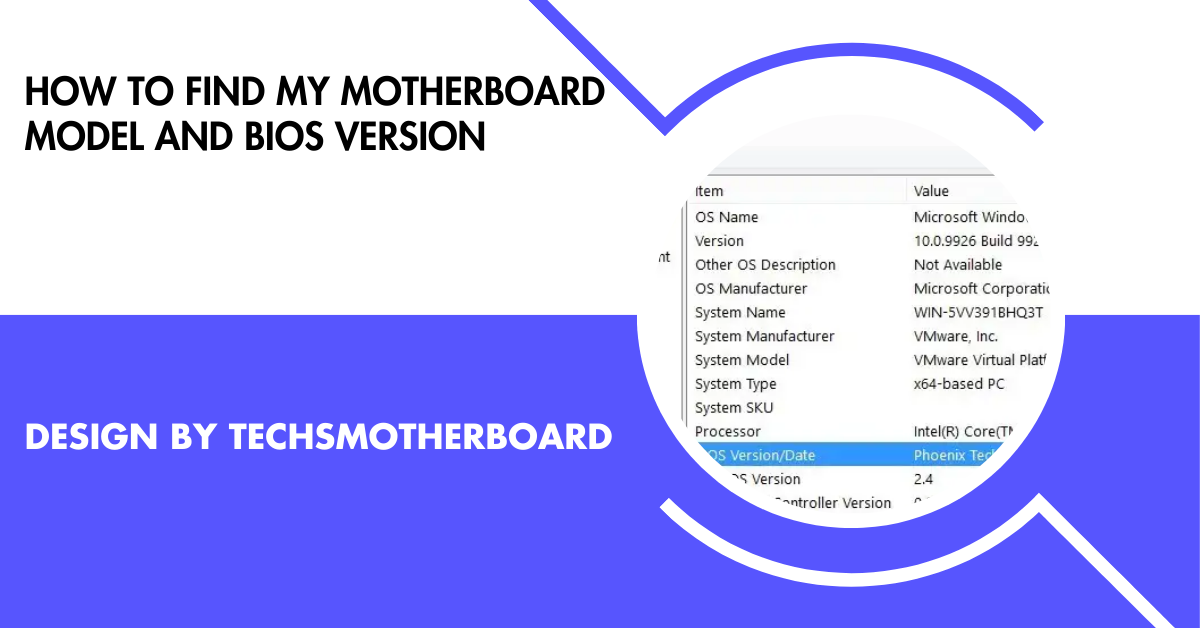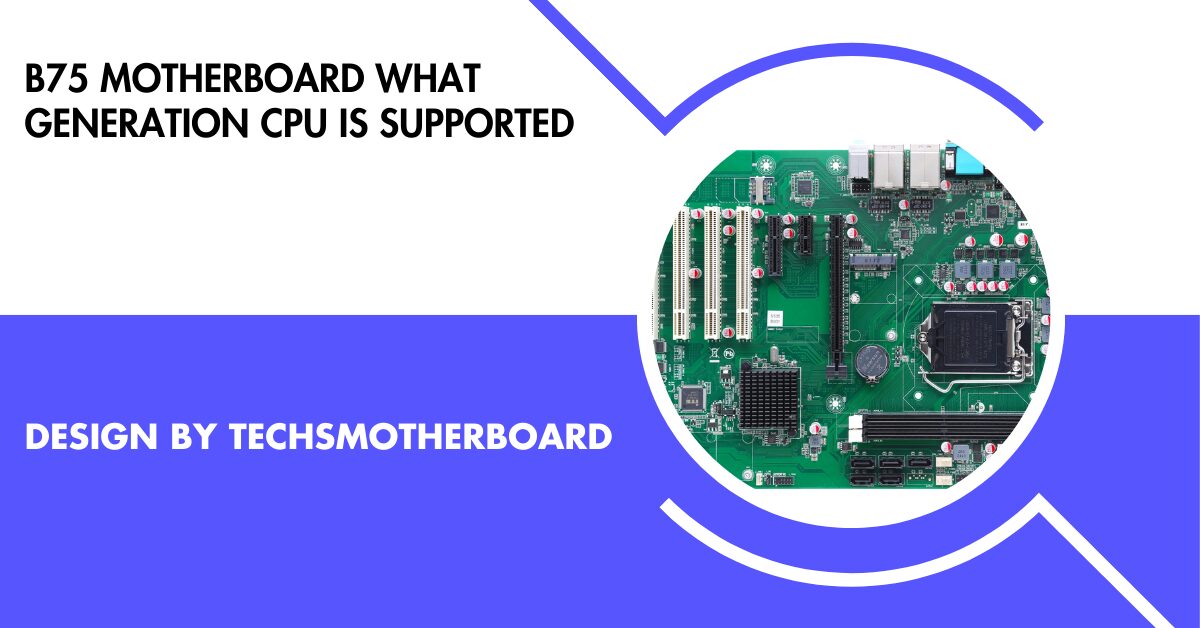Business
Common Lemon Law Myths Debunked

Post Preview
Key Takeaways
- Lemon laws may apply to both new and used vehicles, as long as they are covered by the manufacturer’s warranty.
- There is no universal “magic number” of repairs before a claim is valid; requirements depend on state regulations and the type of defect.
- Claims can sometimes be filed after the warranty has expired, provided the defect emerged during the warranty period.
- Legal help is accessible for many consumers, as numerous attorneys work on a contingency fee basis, with fees often covered if you win your case.
Lemon laws provide vital protection for consumers who discover that their vehicles are plagued by persistent defects soon after purchase or lease. Yet, widespread misunderstandings about these crucial regulations can leave consumers feeling powerless or unsure about their options. If you suspect your vehicle is a lemon and live in Southern California, consulting a qualified lemon law attorney in Glendale CA could help you clarify your rights and next steps. By dispelling common myths and understanding the reality behind lemon laws, you can ensure you’re getting the protection and potential compensation you deserve.
Many consumers give up on their rights due to misinformation about eligibility, repair attempts, and the costs of pursuing claims. This guide addresses the most persistent myths so you’re equipped to navigate the lemon law process confidently.
Myth 1: Lemon Laws Only Apply to New Cars
A frequent misconception is that only the original buyers of brand new vehicles get lemon law protection. In fact, several states, including California, provide safeguards for both new and used vehicles, provided the car is still under the manufacturer’s warranty at the time the defect occurs. This expanded coverage ensures that used car buyers also have recourse should their vehicle turn out to be defective.
Myth 2: A Specific Number of Repairs Is Required Before Filing a Claim
The belief that you must endure a rigid number of failed repair attempts before qualifying for relief is misleading. Lemon laws generally focus on whether the problem is substantial and remains unresolved after a “reasonable number” of repair attempts, which varies based on your state and the seriousness of the issue. For example, life-threatening safety defects may require fewer attempts than issues that do not compromise safety or driveability.
Myth 3: Lemon Law Claims Must Be Filed Within a Year of Purchase
Some consumers mistakenly believe their window to file a lemon law claim closes exactly one year after purchase. In reality, many states—including California—allow claims as long as the problem began while the warranty was still in effect. Often, you can pursue a claim even after the warranty expires if you act within a reasonable timeframe and can prove the defect started during the warranty period.
Myth 4: Pursuing a Lemon Law Claim Is Too Expensive
Worries about legal costs discourage many from seeking justice for their faulty vehicles. Lemon laws in many states have been structured to encourage consumer claims by making the automaker pay your attorney’s fees if you win, leveling the playing field and making qualified legal help far more accessible to middle-class consumers. Many attorneys will even evaluate your case at no cost and work on contingency, further reducing financial risk.
Myth 5: Lemon Laws Only Cover Mechanical Defects
Modern vehicles are as much computers as they are machines, and lemon law protections have evolved in kind. Laws like California’s now cover any defect that substantially impairs a car’s use, value, or safety—whether mechanical or not. This can include issues with vehicle electronics, persistent connectivity problems, or unresolved odors, not just failed engines or transmissions.
Myth 6: Arbitration Is Mandatory Before Taking Legal Action
Consumers are sometimes told they must try arbitration before suing in court, but this simply isn’t true in every state. For example, California gives consumers the option to bypass manufacturer-sponsored arbitration and go directly to court if they wish. However, other states may have different requirements, so always check your local laws or consult with a lemon law attorney if you’re unsure.
Myth 7: Lemon Laws Do Not Apply to Leased Vehicles
It’s a common—but false—assumption that leased vehicles are exempt from lemon law protection. Most state laws, including those in California, provide recourse for lessees as well as buyers. If your leased car qualifies as a lemon, you can seek relief, including replacement or refund, just as if you had purchased the car outright.
Myth 8: You Must Still Own the Vehicle to File a Claim
Even if you’ve sold or otherwise disposed of your problematic vehicle, you may still have a valid lemon law claim—provided the defect was documented while you owned the car and you file within your state’s statute of limitations. Keeping thorough records of all repairs and correspondences is crucial to support your case if you no longer possess the vehicle.
Understanding the realities and legal protections provided by lemon laws can be a game-changer for vehicle owners facing unresolved defects. By identifying and rejecting these persistent myths, you’ll be empowered to assert your rights effectively, seek professional guidance when necessary, and hold manufacturers accountable for their obligations.
Business
From ‘For Sale’ to ‘Sold’: A Live Timeline of Home Transactions

Selling a home is a journey with clearly defined stages, but each step can come with both excitement and uncertainty. By understanding what’s coming next, sellers can set realistic expectations, minimize surprises, and confidently navigate the process. For those entering the vibrant local market, partnering with West Hartford CT real estate agents The Connecticut Agency LLC can provide valued expertise and supportive guidance from the very beginning.
Homeowners embarking on a sale often find that having a strategic approach eases their transition and can maximize their returns. Clear planning, effective communication, and knowing when to seek professional help are foundational to a stress-free experience. As you move from preparing your home to closing the deal, each phase brings distinct actions and opportunities to enhance your success.
This comprehensive guide breaks down the live timeline of home transactions, arming sellers with the knowledge to make informed decisions at each milestone.
Whether you’re selling your house for the first time or are a seasoned mover, understanding this process is essential to getting from “for sale” to “sold” smoothly.

Preparing the Home for Sale
Presentation is one of the most powerful tools a seller can use. Begin by decluttering every space, making necessary repairs, and adding curb appeal. A home that’s clean, neutral, and well-cared-for will stand out in photos and in person. Minor upgrades, such as a fresh coat of paint, updated lighting, or landscaping, can also deliver a strong first impression to potential buyers.
Professional staging services are also an option, allowing your home to be showcased at its very best. According to the National Association of Realtors, 82% of buyer’s agents said staging made it easier for their clients to visualize their prospective home, often resulting in faster and higher offers.
Listing the Property
With your home ready to shine, it’s time to list it on the market. Determining the right asking price is critical—a property priced too high can linger, while one too low might leave money on the table. A market analysis with input from a skilled agent ensures your price is both competitive and realistic. High-resolution photography and a compelling, honest description of the home’s features and benefits help capture interest and set your listing apart.
Partnering with a local real estate expert means leveraging deep market knowledge, effective negotiation skills, and professional marketing resources that may not be accessible to homeowners alone.
Marketing and Showings
Exposure is key to generating interest and offers. A combination of online listings, social media campaigns, email marketing, open houses, and signage draws attention to your property. Scheduling private showings allows prospective buyers to explore the home, ask questions, and envision how it fits their needs.
Flexibility during this phase is crucial—accommodating last-minute showing requests or weekend open houses ensures you don’t miss motivated buyers. Regular communication with your agent can also help you adapt marketing strategies as needed to maximize traffic.
Receiving and Negotiating Offers
With interest established, offers may begin to arrive. Each offer will contain specifics on price, conditions, closing dates, and other terms. Evaluate all the details, not just the dollar amount—sometimes a slightly lower offer with fewer contingencies or a faster closing can be the best choice. Negotiations often follow, involving counteroffers and clarifications. Successful negotiations typically require collaboration and realistic expectations from both sides, aiming for a win-win situation and a swift agreement.
Under Contract and Due Diligence
After an offer is accepted, the property moves into the “under contract” stage. This is when buyers do their due diligence, which may include home inspections, appraisals, and securing financing. Inspections can uncover issues leading to further negotiations or repair requests. The appraisal confirms the property’s value for the lender; if it comes in lower than the agreed price, renegotiation may be required. Staying responsive and flexible throughout this phase can prevent delays and complications.
Closing the Sale
The closing process finalizes the transaction. During this period, both parties review and sign numerous documents, title searches are conducted, and funds are transferred. Common participants include real estate agents, attorneys, title companies, and lenders. Ensuring all contingencies are satisfied—and being prepared to quickly resolve last-minute issues—will help you reach this goal. On the day the keys are handed over, your home is officially sold.
Business
From On-Prem to Cloud: How SASE Simplifies Security for Hybrid and Remote Workforces
A Shift in the Modern Workforce
The dramatic evolution of work environments in recent years has pushed organizations to adapt to new modes of operation rapidly. With remote and hybrid work models moving from an emergency solution to a long-term strategy, IT teams face increasing pressure to deliver secure access to data and applications across varied locations and devices. SASE network security has emerged as a leading solution, enabling organizations to address these challenges with a unified, cloud-first approach that follows the user, wherever work occurs.
As many organizations embrace flexible work arrangements, the traditional boundaries of the enterprise network have all but vanished. Employees tap into corporate resources from home offices, coworking spaces, and on the go—often relying on personal devices or insecure connections. This paradigm shift has compelled organizations to reassess their approach to protecting critical assets and controlling user access beyond the confines of an office, making holistic security more crucial than ever.
Traditional Security Models Struggle to Keep Pace
Classic perimeter-based security solutions, such as firewalls, VPNs, and network access controls, were designed for centralized office environments. As workforces grow more distributed, these tools become increasingly ineffective. Data flowing far outside company walls and traffic between cloud applications all challenge the effectiveness of on-premises security architectures. VPN solutions, once a mainstay of remote work, now struggle under demanding workloads, offer inconsistent user experiences, and introduce vulnerabilities when not well managed. According to an analysis by CSO Online, companies relying solely on traditional defenses face higher risks of data breaches and limited visibility over their environments.
What Makes SASE Different?
Secure Access Service Edge (SASE) fundamentally reimagines security and networking for today’s needs. By unifying advanced networking functions, such as SD-WAN, with cloud-delivered security, including firewall-as-a-service, secure web gateways, and zero-trust network access, SASE creates a holistic defense perimeter anchored in the cloud. Security policies and access controls are not limited by physical location, but rather by context, including user identity, device security posture, and real-time risk assessment. This enables organizations to provide secure, optimized access to resources, regardless of where employees or workloads reside.
Simplified Access and Security for Every User
Zero trust is at the core of the SASE model. Instead of inherently trusting devices or users simply because they connect from inside the network, SASE evaluates each interaction. This principle is especially effective for organizations with employees moving between multiple environments. Every application request is fully authenticated and authorized before access is granted. It ensures consistent enforcement of security policies, regardless of whether an employee is connecting from the corporate office, a hotel room, or a coffee shop. Workflows remain seamless, user experiences remain fast and reliable, and sensitive data stays protected everywhere.
Real-World Benefits of SASE for Hybrid Teams
Adopting a SASE framework yields tangible results for organizations managing hybrid and remote workforces. Companies report increased visibility into user activity and network traffic, which enhances their ability to track threats and respond to incidents swiftly. Policy management becomes far simpler, as security and networking configurations are handled through a single, central dashboard—allowing global rule enforcement and streamlined auditing. The risk of exposure to new vulnerabilities is minimized through ongoing threat intelligence updates, patch management, and automated response capabilities. Gartner research has highlighted that SASE helps IT teams deliver improved cloud application performance—critical for productivity when access happens from virtually anywhere.

Streamlining Compliance and Reducing Overhead
SASE simplifies compliance for organizations facing evolving regulatory landscapes. Instead of juggling multiple point solutions for data loss prevention, firewall management, and identity protection, IT teams can implement and prove controls from a consolidated interface. This unified foundation makes tasks like policy enforcement, user auditing, and evidence collection easier and less time-intensive, which in turn reduces the risk of fines and helps demonstrate ongoing regulatory compliance in sectors like healthcare, finance, and retail.
Key Features to Consider When Evaluating SASE Solutions
- Integrated Security: Choose platforms that offer robust threat protection, data loss prevention, and secure web gateways in a single solution.
- Scalability: Prioritize cloud-native architectures that dynamically adjust to your organization’s changing needs—supporting small teams or thousands of new endpoints efficiently.
- Zero Trust Support: Ensure the solution implements strict authentication and granular access controls based on real-time user and device context.
- Performance Optimization: Look for global presence, intelligent routing, and bandwidth management that keep cloud applications responsive for all users.
- Centralized Visibility: A single-pane-of-glass dashboard should deliver clear insight into all traffic and security events, simplifying monitoring and remediation efforts.
Steps to Get Started with SASE
- Assess Your Current Architecture:Catalog legacy systems, workflow gaps, and security pain points in your existing environment.
- Define Your Security Policies:Document clear, risk-based guidelines for application access, device trust levels, and incident response procedures.
- Choose the Right Partner: Select SASE vendors that align with your security standards, offer proven performance, and deliver responsive support.
- Pilot and Expand: Launch an initial rollout with a group of users, gauge outcomes, and systematically scale implementation based on feedback and results.
The Future of Secure Access for Distributed Workforces
The transition from on-premises security to cloud-first models is rapidly accelerating. SASE not only meets the current needs of hybrid and remote workforces but also positions organizations to stay ahead of future threats. By providing secure, agile, and scalable access to organizational resources—regardless of location—businesses can embrace new ways of working while safeguarding their critical data. As hybrid work establishes itself in the business landscape, rethinking security through the lens of cloud-based SASE solutions is becoming a crucial competitive advantage.
Business
The Benefits of Working With a Wealth Planner for Long-Term Success

Financial planning services help individuals and business owners effectively manage their assets throughout their lifetime. An experienced financial planner assesses your current financial situation to determine investment strategies that align with your goals. Here are some benefits of working with a wealth planner for long-term success:
Investment Management
Professional planners help affluent individuals and companies invest in the right sectors by reviewing market trends and investment opportunities. They can advise you on where to allocate your funds, including stocks, bonds, or real estate, to help increase your assets. As markets change, a wealth planner reviews your portfolio to determine whether it matches your goals. These experts can adjust your holdings by suggesting you sell or buy stocks based on your risk tolerance. If you want to build an education fund or preserve your capital, financial advisors work with you to manage risks while maximizing profit.
Tax Planning
With higher incomes and complex investment portfolios, tax laws often become more challenging to navigate. Wealth planners help identify areas where taxes may be minimized, such as through charitable giving for individuals and families. If you own a business, an advisor can help you choose the right structure, such as a limited liability company, which offers tax advantages. Placing your assets in the right accounts helps reduce your tax liability each year and grow your wealth over time. If you’re planning to sell your business or pass it on, a professional can establish a trust to streamline the transfer and minimize fees.
Estate and Trust Planning
Once you’ve generated significant wealth, financial planning services help protect what you’ve built and pass it on to the next generations. Some key estate planning options include:
- Trusts: If you own a business and other assets, trusts can safeguard them from taxes, lawsuits, and creditors who would otherwise deplete your wealth.
- Wills: With the right estate plan, transferring wealth to your loved ones often results in fewer disputes and losses. It helps determine who receives what, when, and how, according to your wishes, once you pass away.
- Charitable giving: Financial planners also help you support local organizations through charitable trusts, foundations, or donations.
Retirement Income Planning
Whether you have investment accounts, pensions, or savings, a wealth manager helps you plan your retirement income. They review these assets to create a financial plan that aligns with your lifestyle and maximizes your financial returns. To keep the money working for you, wealth planners suggest withdrawing or investing in accounts at specific times to maximize revenue.
A cash flow analysis helps financial advisors understand your monthly expenses and your income sources. This allows them to recommend a suitable savings plan or investment opportunities. When claiming benefits from Social Security and pensions, they provide information about beneficial times to begin receiving payments.
Get Started With Financial Planning Services
A wealth planner helps you prepare for retirement, allocate funds well, and manage different risks. To protect your assets and distribute them when the time comes, these professionals create several legal documents. If you’re looking to manage your wealth, call a trusted company today to learn more about their financial planning services.
-

 Tech6 months ago
Tech6 months agoSotwe STW Explained How a Radical Platform is Redefining Online Expression
-

 Entertainment8 months ago
Entertainment8 months agoHow Do I Turn On the Beatbot?
-

 Motherboard Guide1 year ago
Motherboard Guide1 year agoAre B750 Motherboard A Good Choice – A Complete Overview!
-

 Blog1 year ago
Blog1 year agoHow To Find My Motherboard Model And Bios Version – A Detailed Overview!
-

 Motherboard Guide1 year ago
Motherboard Guide1 year agoAre Gigabyte Motherboards Good – A Comprehensive Review!
-

 Blog3 months ago
Blog3 months agoHer Love Is A Kind Of Charity Password – The Hidden Meaning Behind the Phrase!
-

 Motherboard Guide12 months ago
Motherboard Guide12 months agoB75 Motherboard What Generation Cpu Is Supported – B75 Motherboard Cpu Support!
-
Motherboard Guide4 months ago
The Ultimate Croatia Travel Guide for First-Timers: Everything You Need to Know Before You Go

